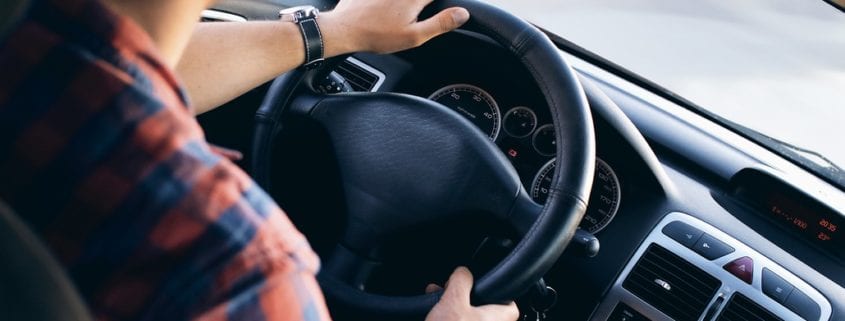What is Gap Insurance and Why Would You Need It?
When looking around at different car insurance policies, you may have heard of “gap” insurance. What exactly does that mean and why would you need it? Essentially, what gap insurance does is cover the difference (or gap) between what your car is worth and how much you actually still owe on the car.
Gap insurance is very helpful in the case your car is totaled or if it was stolen. There are many instances in which a repair to a damaged car would cost more than the car is worth. The trouble is, you may still owe more than it’s worth at that point. What typical gap insurance does is cover whatever unpaid amount is still owed on the car loan or lease. Some things that gap insurance will not ordinarily cover are things such as overdue payments, taxes, excessive wear & tear, etc. You can, however, purchase additional gap insurance coverage for some of these other factors for an additional premium per vehicle.
So should you buy gap insurance for your vehicle? If you’re leasing a car, it’s a good idea. In fact, some lease contracts actually require gap insurance. Also if you expect to owe more than the car is worth, due to depreciation, for the majority of the time you expect to have the car, it’s probably worth getting gap insurance. This is known as being “upside down” or “underwater,” and usually happens when buying a brand new car.
This is often the case if you made a fairly low down payment on the car, if you have a high interest rate on your loan, or if other costs were rolled over into your new loan – such as money still owed on a car that you traded in. In all these cases, purchasing gap insurance is a good idea. Keep in mind that gap insurance coverage is only valid for the term of the loan/lease.
When shouldn’t you buy gap insurance? If you put enough money down on your vehicle initially and schedule your monthly payments in such a way that you will not be “upside down” on the car for too long, you probably don’t need gap insurance. Also, if your vehicle is more than 5 model years old, you will not need gap insurance. Gap insurance also only covers private passenger cars, pickup trucks, and vans, and does not cover motor homes, motorcycles, campers or antiques.
Now that you understand how gap insurance coverage works, you can decide whether it works for your vehicle purchase or not. If you do decide that gap insurance should be added to your vehicle’s auto insurance policy, be sure to request it within 30 to 45 days of financing your vehicle.



